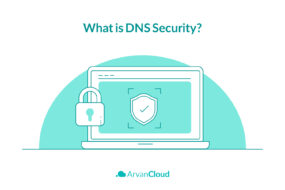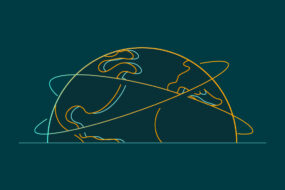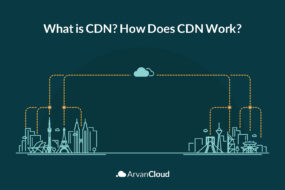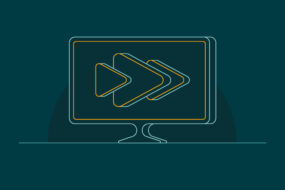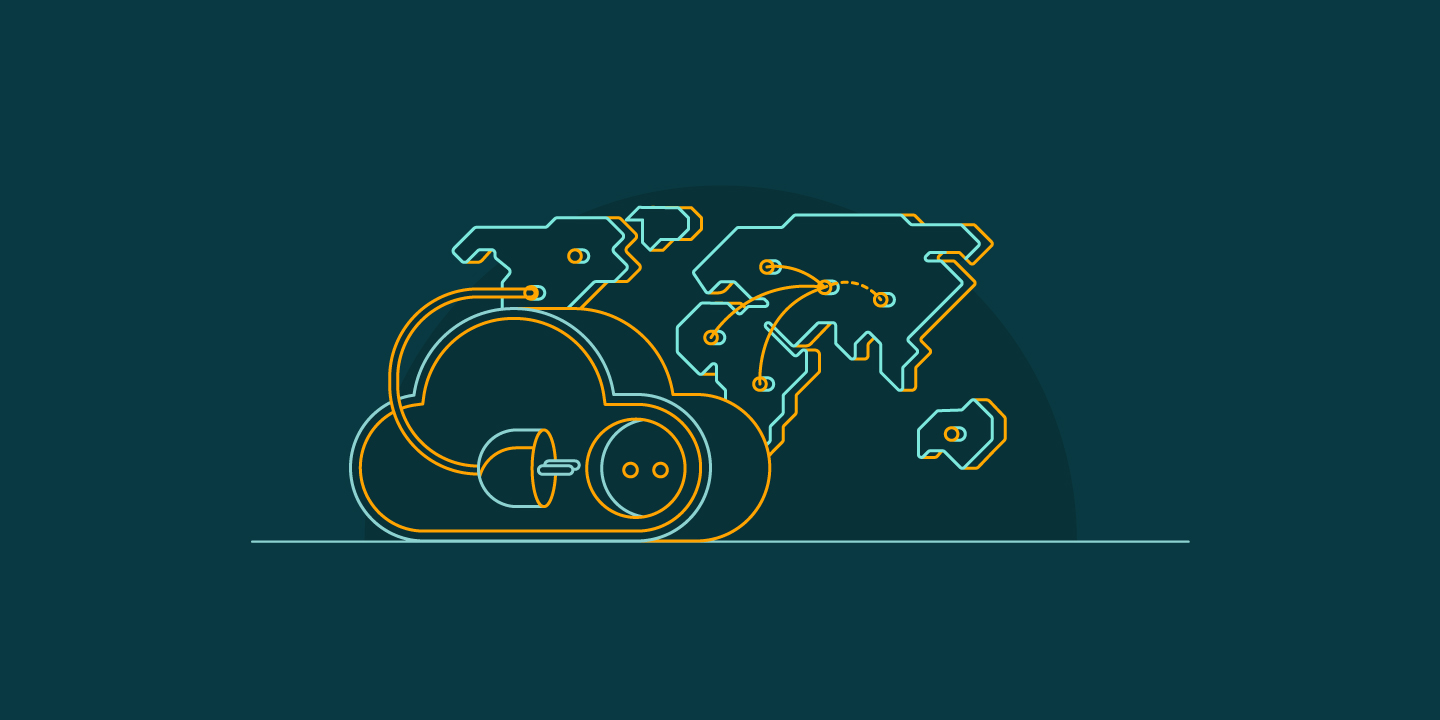
The number of CDN providers is increasing, and they have similar functions. Using strategic servers worldwide, content is delivered to website visitors as quickly as possible. These servers answer web page requests faster, and the origin server is not overwhelmed by traffic.
Regarding CDN architecture, website content optimization is done in two ways: Pull CDN and Push CDN. Each method has strengths, which can be useful in different situations.
What Is Push CDN?
The static resources of the website are cached on all CDN edge servers across the world when using the Push technique. Therefore, an edge server uses the cached resources to retrieve the user request when it receives a request to access one of the resources.
In this case, the edge servers can be thought of as the supporting servers for the main server that hosts the website. In this approach, the website manager must manually move the necessary content to the edge servers for caching.
A few servers are often introduced as the Push servers by CDNs that support this technique. The edge servers receive the data from the Push server, which is where the website admin places them. Be aware that you must enter the CDN domain name when configuring the plugins (using this technique).
This technique has the advantage that the user does not have to wait for the content to be copied from the central server to the CDN edge server before downloading it through the browser. (These events, of course, only take a few milliseconds to occur.) However, this strategy required the website management to continuously update and transmit the files to the Push servers. In other words, it is difficult to adopt this strategy.
Advantages of the Push CDN Method
The advantage of the Push CDN method is that it allows you more flexibility in sending content. As the website owner and content creator, you can specify which content is sent to the CDN server, when it expires, and when it needs to be updated. Therefore, it becomes easier and more efficient to use traffic; content is only uploaded to the CDN server when changes are made, keeping traffic low.
What Is Pull CDN?
The website resources do not have to be cached on the edge servers when using this strategy. A CDN edge server will request a resource from the website’s central server upon receiving the first request from a user to access it. The resource is transferred to the user and cached by the edge server when it receives the response. The resources that are cached on the edge server are used to respond to other requests.
It should be noted that, in this case, website resources are only cached on all CDN edge servers worldwide if several users, each of whom is based in a different location, send requests to the edge servers for access to the website resources in question.
The CDN edge server’s cached resources stay on the server until their expiration date. The first user’s request causes the edge server to forward a request for the resource to the website’s central server when it becomes unavailable, where it is cached before being returned to the user.
This approach has the advantage of being simple to use. The explanation is that your primary domain name’s CDN PoP sites are where the whole contents are cached. As a result, no additional settings or domain name need to be entered into the appropriate plugins. Several cloud providers, like Cloudflare, KeyCDN, and ArvanCloud support this technique.
Advantages of the Pull CDN Method
The main advantage of Pull CDN is that it is straightforward to set up and configure, as the CDN itself does most of the work for you. However, the Pull CDN method can also present problems, as it is less flexible than the Push CDN. It’s common to have excess traffic because web page elements and files can be re-requested before they’ve changed.
Also, Pull CDN can be slower than Push CDN, as visitors accessing the page for the first time or those who try to open the web page after the CDN elements and files have expired may experience a slightly slower page load.
What Is a CDN Zone?
A CDN zone is a special set of rules and options that control how the CDN will cache, speed up, and deliver your content to visitors. You can have fine-grained control over each website’s performance, security settings, and pricing by setting up a separate CDN zone for each app, website, or service that you want to accelerate.
Pull vs. Push Zones
The first thing that you will need to do to begin using a CDN with the pull method is to create a Pull Zone. This Zone tells the CDN exactly where your files are and how to deliver them. Upon creating a Pull Zone, CDN will generate a unique hostname for you, which your content can be delivered quickly to your visitors.
If you want faster websites and apps, you’d probably want to use a pull zone, while if you’re going to serve media content or large files, you’d probably want to use a push zone instead.
CDN zones can be divided into two types: Pull and Push. A Pull zone is usually the best choice if you want to optimize a website or app. You don’t have to upload files to CDN because the content, including images, JS, CSS, and other files, is actually stored on your website’s host. Pull zones will pull the content from your website, cache it, and then deliver it to your visitors from the CDN edge cache.
Push zones, on the other hand, pull content from CDN edge servers, not from your site. These zones are suitable for large media files. It is important to note that push zones do not accelerate your website, but they can directly host its assets, including images, JS, CSS, videos, downloads, etc., on your SFS.
Push CDN vs. Pull CDN
If you think choosing between Push CDN and Pull CDN for your website is a life and death choice, you are entirely wrong! Both methods work well for websites and can do their job for their mission (reducing latency and speeding up content delivery). Only in some cases, one method is preferable to the other.
But to have a better view of choosing these methods, keep these things in mind:
Pull CDN can be more suitable for websites that receive a lot of traffic because the content remains relatively constant and widespread traffic. This method is ideal when you want to integrate the servers of a CDN with your website very quickly, without the need for manual uploading.
But if your website has little traffic, you might prefer Push CDN because the content is pushed to the server once, then it stays there until it needs to be changed. This method is usually recommended when delivering content larger than 10 MB via CDN.
Pull CDNs are commonly used for small files such as website images, JavaScript scripts, CSS files, and HTML files. Since this CDN requires adding your CNAME record and installing an out-of-the-box plugin, it is ideal for WordPress, Joomla, Drupal, and Magento web templates.
For web designers who use platforms such as WordPress, it can be done with a CDN plugin such as W3 Total Cache. You provide it with your CNAME record, which was provided with your CDN purchase, and the plugin handles the rest.
ArvanCloud Content Delivery Network
With this product, you can provide fast and stable delivery of content for your users around the world. No matter if you choose Pull CDN or Push CDN, you will be able to improve your webaite performance and service capacity. You can also use a 24/7 technical support and competitive pricing.
Click here to know more about ArvanCloud Free CDN services and sign up for the amazing packages that we offer.



